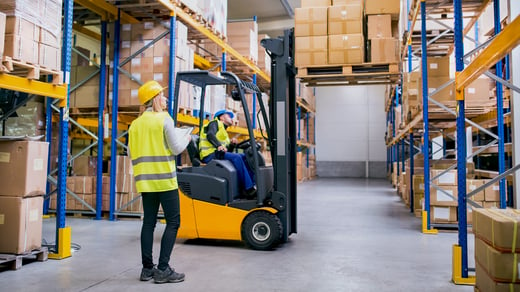Whether it’s the towering structures that dot our urban landscapes, the intricate networks that underpin our infrastructure or the homes that we take shelter in, the construction industry plays the key role in making them possible. Unfortunately, the manufacturing, distribution and building processes produce large amounts of chemical waste and unwanted materials that often end up in landfills. In this article, we explore the diverse ways in which the construction industry can participate in reducing waste, conserving resources and espousing sustainable methodologies without compromising on the quality and safety of our built environments.
The Weight of Waste: A Deeper Look at Construction’s Footprint
Infrastructure, housing and commercial spaces are vital to the functioning of society, but the very processes that create them can be detrimental to the planet. The industry is responsible for a significant share of global carbon emissions, with materials extraction, construction and operation accounting for a substantial portion of global resource use and waste generation. Furthermore, the extraction and manufacturing processes contribute to carbon emissions and habitat disruption.
Innovative Solutions on the Rise
A renaissance in construction is underway, one that looks to nature for inspiration and harnesses technological advances for efficient solutions. By implementing sustainable practices in wholesale oil distribution and beyond, players across industries can help do their part.
Biomimicry: Nature as the Best Designer
Nature has had eons to perfect its designs, which often incorporate sustainability, efficiency and resilience. Biomimicry in construction is the art of learning from nature to develop materials and systems that can directly benefit our built environment. From self-healing concrete inspired by the human body’s response to injury to buildings that “breathe” like plants, drawing in natural light and air to minimize their environmental footprint—the potential for innovation is vast.
Digital Twins and Smart Buildings: A New Frontier in Construction
The emergence of “digital twins”—virtual replicas of physical systems that can be analyzed and tested under various scenarios—presents a game-changing opportunity in construction. By employing real-time technology that simulates a structure’s behavior and performance, construction companies can optimize designs and predict maintenance needs, leading to long-term cost savings and environmental benefits.
Sustainable Urban Planning: Beyond the Building Site
Construction does not exist in a vacuum. It’s part of a broader urban ecosystem. Sustainable urban planning, which integrates transportation, energy management and community design, is crucial for reducing waste. Compact, mixed-use developments, public transport and green spaces reduce the need for excessive building materials and contribute to a more cohesive and sustainable cityscape.
Looking Ahead: The Future of Sustainable Construction
The future of sustainable construction holds the potential for monumental transformation. A reimagined industry, marked by innovative materials, smart technologies and a deeply ingrained commitment to sustainability, can be the cornerstone of a regenerative, low-waste economy.
Overcoming Challenges Together
The construction industry stands as both a formidable contributor to environmental degradation and a powerful ally in the fight for sustainability. By embracing new processes, construction professionals have the potential to become leaders of the green revolution. Together, we can redefine the landscape of our modern world, creating a new normal while reducing waste in the construction industry and building a sustainable, resilient and safe future for generations to come.
Tags:
Construction TipsMar 1, 2024 11:45:00 AM


Comments